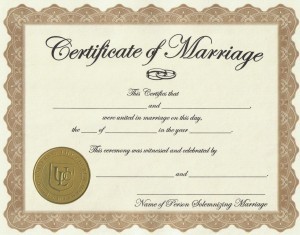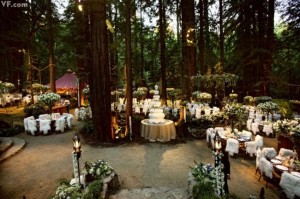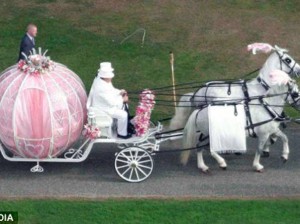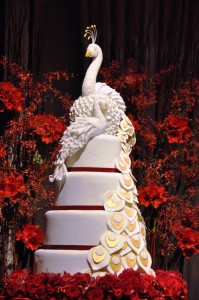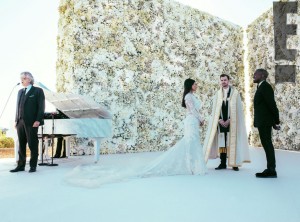This week we looked at institutions, and while my group is doing institutions for our final project, I decided to do something a little different than ‘Rupert Murdoch’ and ‘Newscorp’, and instead decided to research marriage, because, as we found out in class, it is in fact a social institution, with many links to media and its own institutions.
As Brian told us in the lecture this week, institutions are “concern[ed] with organising [the] structures of society” , have “social, cultural and political relations” and have “principles, values [and] rules” which underpin them. Marriage has all of these factors.
In oder to become married you need to be “legally wed”, meaning you need to sign a legally binding contract, and to get out of the contract you need to also go through the legal system, hiring lawyers, spending money and splitting all of your assets. These legal structures that underpin the institution of marriage are mainly economic, as, as I said above about breaking that contract during a divorce, it involves splitting assets, meaning a marriage isn’t just the joining of two people, it’s economically joining as well. Hence an economic structure and a contributing factor to how and why marriage is an institution.
The notion of romantic love has somehow been hitched to the institution of marriage, through cultural narratives, a.k.a, the ‘romantic comedy’ or more derogatively known, the ‘chick flick’. These films such as, “Bride Wars” (Winick, 2009) and “What’s Your Number” (Mylod, 2011), perpetuate the social institution of marriage culturally, by emphasising the ideas of romantic love in marriage and that ‘you need a man to be happy’.
Such cultural narratives have a big stand within society, and are created by media institutions such as ‘Fox’ and ‘Disney’. Weddings themselves are often reported on within thw news as a major news piece, such as the royal wedding of Prince William and Kate, or Kim Kardashian and Kanye West, the spectacle of weddings themselves is very appealing to news media, and helps to perpetuate the social institution, as reports like these have become a staple of news reporting.
Marriage is such a large social institution and is only perpetuated by cultures and cultural products. This has created a booming industry which never seems to be out of business, with such extravagant weddings as this:
and celebrity weddings such as Kim Kardashian’s wedding both perpuating the institution further, and becoming an incredibly extravagant experience:
weddings today aren’t just an institution, they are a commodity.
Marriage is also a highly ritualistic and symbolic occasion, with such superstitions as ‘you can’t see the bride in her dress’ and ‘something old, something new, something borrowed, something blue.’ Also the entire set up of the wedding with the bride in white, being walked down the aisle by her father and the groom standing at the end of the aisle waiting for her. These ritualistic symbols and superstitions contribute to the culture of marriage and therefore contribute to its nature as a social institution.
These ‘traditions’ are also very outdated and although they may seem harmless now, their origins weren’t really:
The question remains, why do these now foundless traditions continue? And more importantly, do weddings need to exist in today’s current social landscape?
